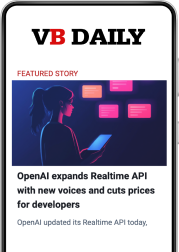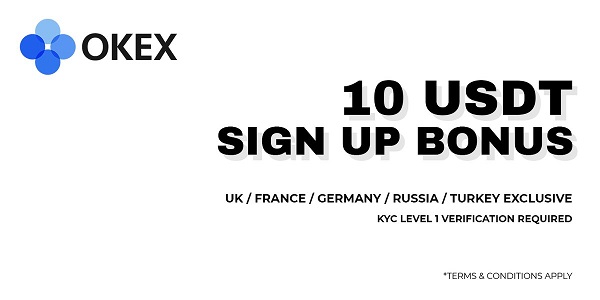
Join the event trusted by enterprise leaders for nearly two decades. VB Transform brings together the people building real enterprise AI strategy. Learn more
Scott White still marvels at how quickly artificial intelligence has transformed from a novelty into a true work partner. Just over a year ago, the product lead for Claude AI at Anthropic watched as early AI coding tools could barely complete a single line of code. Today, he’s building production-ready software features himself — despite not being a professional programmer.
“I no longer think about my job as writing a PRD and trying to convince someone to do something,” White said during a fireside chat at VB Transform 2025, VentureBeat’s annual enterprise AI summit in San Francisco. “The first thing I do is, can I build a workable prototype of this on our staging server and then share a demo of it actually working.”
This shift represents a broader transformation in how enterprises are adopting AI, moving beyond simple chatbots that answer questions to sophisticated “agentic” systems capable of autonomous work. White’s experience offers a glimpse into what may be coming for millions of other knowledge workers.
From code completion to autonomous programming: AI’s breakneck evolution
The evolution has been remarkably swift. When White joined Anthropic, the company’s Claude 2 model could handle basic text completion. The release of Claude 3.5 Sonnet enabled the creation of entire applications, leading to features like Artifacts that let users generate custom interfaces. Now, with Claude 4 achieving a 72.5% score on the SWE-bench coding benchmark, the model can function as what White calls “a fully remote agentic software engineer.”
Claude Code, the company’s latest coding tool, can analyze entire codebases, search the internet for API documentation, issue pull requests, respond to code review comments, and iterate on solutions — all while working asynchronously for hours. White noted that 90% of Claude Code itself was written by the AI system.
“That is like an entire agentic process in the background that was not possible six months ago,” White explained.
Enterprise giants slash work time from weeks to minutes with AI agents
The implications extend far beyond software development. Novo Nordisk, the Danish pharmaceutical giant, has integrated Claude into workflows that previously took 10 weeks to complete clinical reports, now finishing the same work in 10 minutes. GitLab uses the technology for everything from sales proposals to technical documentation. Intuit deploys Claude to provide tax advice directly to consumers.
White distinguishes between different levels of AI integration: simple language models that answer questions, models enhanced with tools like web search, structured workflows that incorporate AI into business processes, and full agents that can pursue goals autonomously using multiple tools and iterative reasoning.
“I think about an agent as something that has a goal, and then it can just do many things to accomplish that goal,” White said. The key enabler has been what he calls the “inexorable” relationship between model intelligence and new product capabilities.
The infrastructure revolution: Building networks of AI collaborators
A critical infrastructure development has been Anthropic’s Model Context Protocol (MCP), which White describes as “the USB-C for integrations.” Rather than companies building separate connections to each data source or tool, MCP provides a standardized way for AI systems to access enterprise software, from Salesforce to internal knowledge repositories.
“It’s really democratizing access to data,” White said, noting that integrations built by one company can be shared and reused by others through the open-source protocol.
For organizations looking to implement AI agents, White recommends starting small and building incrementally. “Don’t try to build an entire agentic system from scratch,” he advised. “Build the component of it, make sure that component works, then build a next component.”
He also emphasized the importance of evaluation systems to ensure AI agents perform as intended. “Evals are the new PRD,” White said, referring to product requirement documents, highlighting how companies must develop new methods to assess AI performance on specific business tasks.
From AI assistants to AI organizations: The next workforce frontier
Looking ahead, White envisions AI development becoming accessible to non-technical workers, similar to how coding capabilities have advanced. He imagines a future where individuals manage not just one AI agent but entire organizations of specialized AI systems.
“How can everyone be their own mini CPO or CEO?” White asked. “I don’t exactly know what that looks like, but that’s the kind of thing that I wake up and want to get there.”
The transformation White describes reflects broader industry trends as companies grapple with AI’s expanding capabilities. While early adoption focused on experimental use cases, enterprises are increasingly integrating AI into core business processes, fundamentally changing how work gets done.
As AI agents become more autonomous and capable, the challenge shifts from teaching machines to perform tasks to managing AI collaborators that can work independently for extended periods. For White, this future is already arriving — one production feature at a time.





Be the first to comment